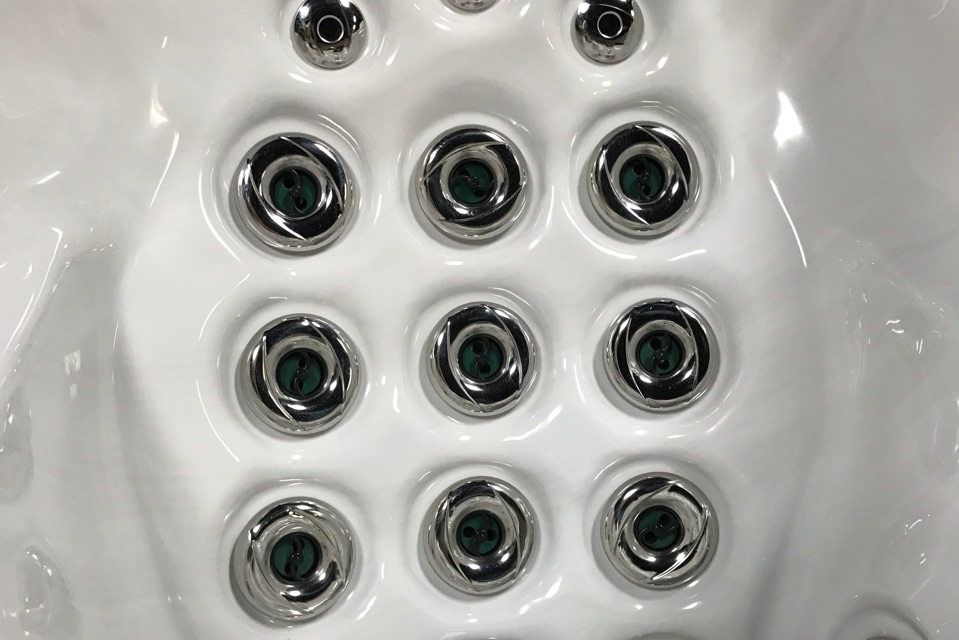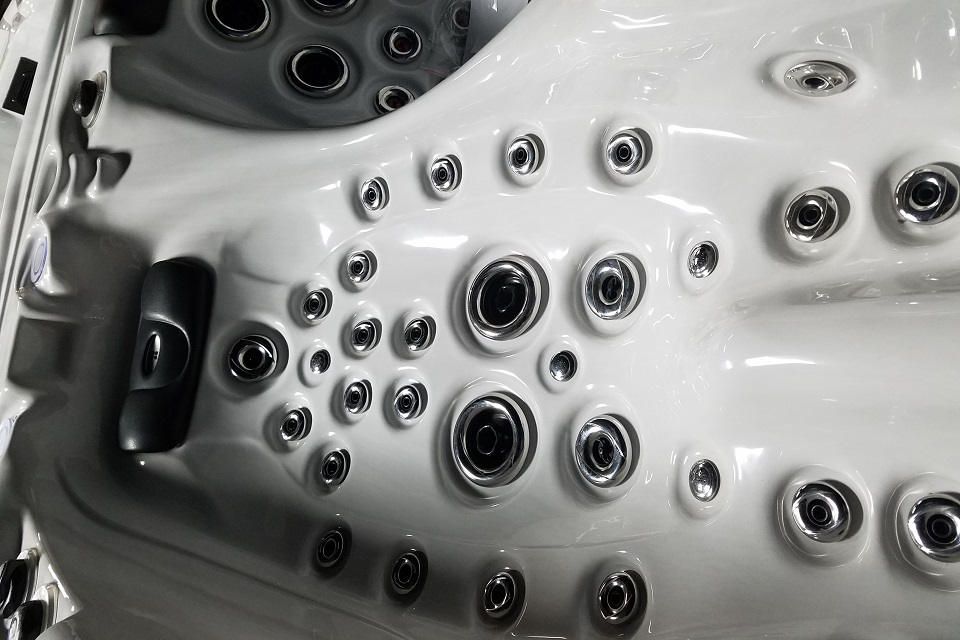What is cute and fuzzy and plays a very real role in keeping the pervasive nastiness of algae at bay? If you answered "sea otter", you are correct.
A study published in August 2013 found that a healthy sea otter population kept algae from overtaking the Elkhorn Slough in California even though the algae was being further nourished by fertilizer run-off. The otters accomplished this feat with their feeding habits. The sea otter diet includes shellfish. The shellfish diet includes sea slugs and isopods whose diet, in turn, includes algae. In short, as the otters ate the shellfish, the sea slugs and isopods were left to do their thing devouring the algae. Ecological balance was restored, and a hale and hearty crop of seagrass had room to flourish without being stifled by an overabundant amount of algae.

It's a system that works to keep water pure. Passion Spas has worked hard to develop and equally effective system when it comes to maintaining high water quality standards in every hot tub we sell. But please don't tell you customers that we will include a complementary sea otter with each order we fill. Instead, tell them about our iconic Synergy Water Maintenance System.
Our Synergy Water Maintenance System reduces the need for any additional sanitation and maintenance using three powerful tools. Firstly, the water in the spa will undergo constant filtration whether the massage pumps are in operation or not. Secondly, all spas come equipped with our Ozone Sanitation system. And finally, the spas in our Signature and Exclusive Collections go even one step further and provide a UV Sanitation system.
It's a 3-2-1 combination that creates the ultimate in clear water. Not every hot tub on the market out there can say the same. So do you want to sell your customers just a tub of hot water, or do you want to provide them with a product marked by the highest standards of purity and cleanliness?
Sources:





